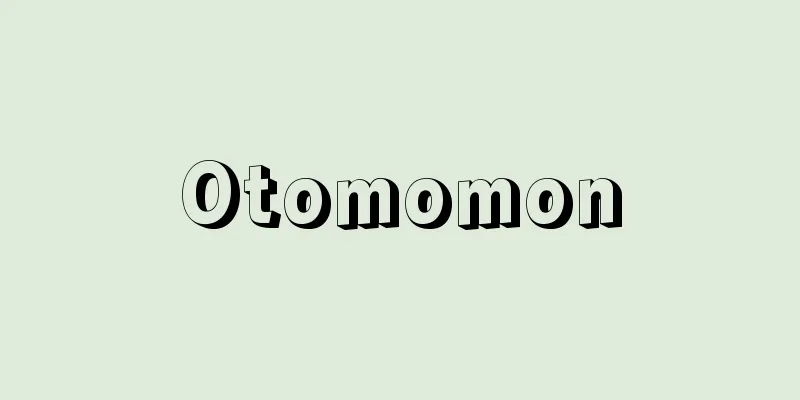Garone, C.

|
...Augusto Genina, who attracted attention as a director of unusual "women's films" while following in the footsteps of "diva films" with his films "Woman" (1917) and "Goodbye Youth" (1918), then traveled around Italy, Germany, and France from 1927 to 1939, making films such as "The Libyan White Cavalry" (1936) and "The Siege of Alcazar" (1940), which were described in Italy as fascist propaganda films. Carmine Garrone, who collaborated with Amleto Palermi on the fourth film adaptation (1926) of The Last Days of Pompeii, the last historical epic that came to be described as "the last day of Italian cinema," also traveled around France, England, Germany, and Hungary between 1926 and 1936, and in his native Italy under the Mussolini regime he made government-sponsored films such as the musical film A Memory (1935) and the spectacular historical drama Scipione (1937). *Some of the terminology that mentions "Garone, C." is listed below. Source | Heibonsha World Encyclopedia 2nd Edition | Information |
|
…《女》(1917),《さらば青春》(1918)で〈ディーバの映画〉の系譜をひきながらも異色の〈女性映画〉の監督として注目されたアウグスト・ジェニナは,その後,27年から39年にかけて,イタリア,ドイツ,フランスを渡り歩き,イタリアではファシズムのプロパガンダ映画と評された《リビア白騎隊》(1936),《アルカサール包囲戦》(1940)などを撮る。〈イタリア映画最後の日〉と評されることになる史劇映画最後の超大作《ポンペイ最後の日》の4度目の映画化作品(1926)をアムレート・パレルミと共同で撮ったカルミネ・ガローネも,その後1926年から36年にかけて,フランス,イギリス,ドイツ,ハンガリーを転々とし,ムッソリーニ政権下の母国では音楽映画《おもかげ》(1935),スペクタクル史劇《シピオネ》(1937)などの国策映画を撮ることになる。 ※「ガローネ,C.」について言及している用語解説の一部を掲載しています。 出典|株式会社平凡社世界大百科事典 第2版について | 情報 |
Recommend
Covent Garden
...(now the National Maritime Museum) While the d...
Tenor - Tenor (English spelling)
A musical term. Also called tenor, it has the fol...
Bats in the belfry
…However, in Germany and Switzerland, if a woman&...
Shrimp (Ebi/Ebi) - Shrimp
Common name for arthropods belonging to the order ...
Parapet
Parapetto is a handrail or balustrade on a rooftop...
Joetsu Line
The name of the East Japan Railway Company's ...
Dioscorea alata (English spelling)
…[Shinichi Suzuki]. … *Some of the terminology th...
SPS method - SPS method
…The history of oil agglomeration technology for ...
Aranda - Aranda (English spelling)
An ethnic group of Australian Aboriginals. Also c...
Plant growth substance
...The term "plant regulator" is used t...
District heating and cooling - Chiikireidambou
District heating and cooling is a system in which...
Bunen Eika - Bunen Eiga
A collection of poems ordered by Emperor Taizong ...
Hinokibayadori - Hinokibayadori
A parasitic plant with degenerated leaves of the M...
Geostationary operational environmental satellite
... Geostationary meteorological satellites were ...
Takeuchi Highway - Takenouchi Highway
This road crosses southern Yamato and southern Kaw...









